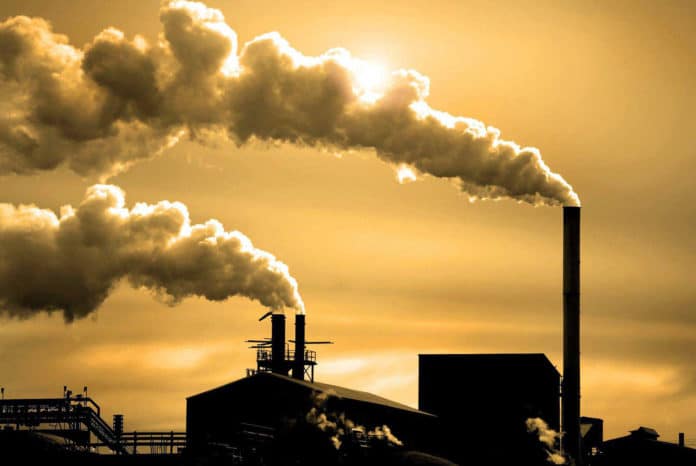CO2 emissions contribute to climate change, which can have serious consequences for humans and their environment. Scientists always debated on surrounding global warming and climate change. Both sides – those who believe in climate change are caused by humans and those who don’t – firmly believe that they are right.
Now, a team of researchers got an extra piece of evidence to support their claims. Their new study states that the world is already on track to miss the CO2 emissions goals laid out by the Paris Agreement, which aims to limit temperature rises to no more than 1.5 degrees Celsius.
The world’s existing power plants, industrial equipment, vehicles, and other CO₂-emitters are on track to pump out enough carbon dioxide to blow past that target by mid-century. They are expected to generate “two thirds” of the CO2 needed for the world to see a temperature rise of up to 2 degrees Celsius.
This essentially means that, even if the world never built another power plant – aside from the already-finalized plans – or gas-powered vehicles, the rising temperature will be unavoidable unless much current natural gases, coal, or petroleum facilities are shut down.
The team says that the existing infrastructure, over its expected lifetime, will produce roughly 658 gigatons of CO2, if operated as historically. It is more than half of it by the electricity sector. The team predicted that China would have the largest share – 41 % – and the United States and European Union 9 % and 7 % respectively.
“The good news is that society still has the ability to avoid 2 degrees Celsius of warming without having to retire power plants early. But we would have to stop building things with smokestacks and tailpipes that dump CO2 pollution into the sky. If the Earth warms beyond 2 degrees Celsius, it will be the result of emissions from the infrastructure we not yet built,” said Ken Caldeira, a co-author of the paper.
“Our results show that there’s basically no room for new CO2-emitting infrastructure under the international climate goals. And if the world is to achieve the 1.5-degree Celsius goal, existing fossil-fuel-burning power plants and industrial equipment will need to be retired early unless they can be feasibly retrofitted with carbon capture and storage technologies or their emissions offset by negative emissions,” explains Davis. “Without such radical changes, we fear the aspirations of the Paris Agreement are already at risk.”
It will be interesting to see whether or not these figures and predictions will prove accurate, but hopefully, the world won’t have to find out the hard way.
The paper, which was put together by a multi-cultural team of Chinese and American scientists, is published in Nature.
